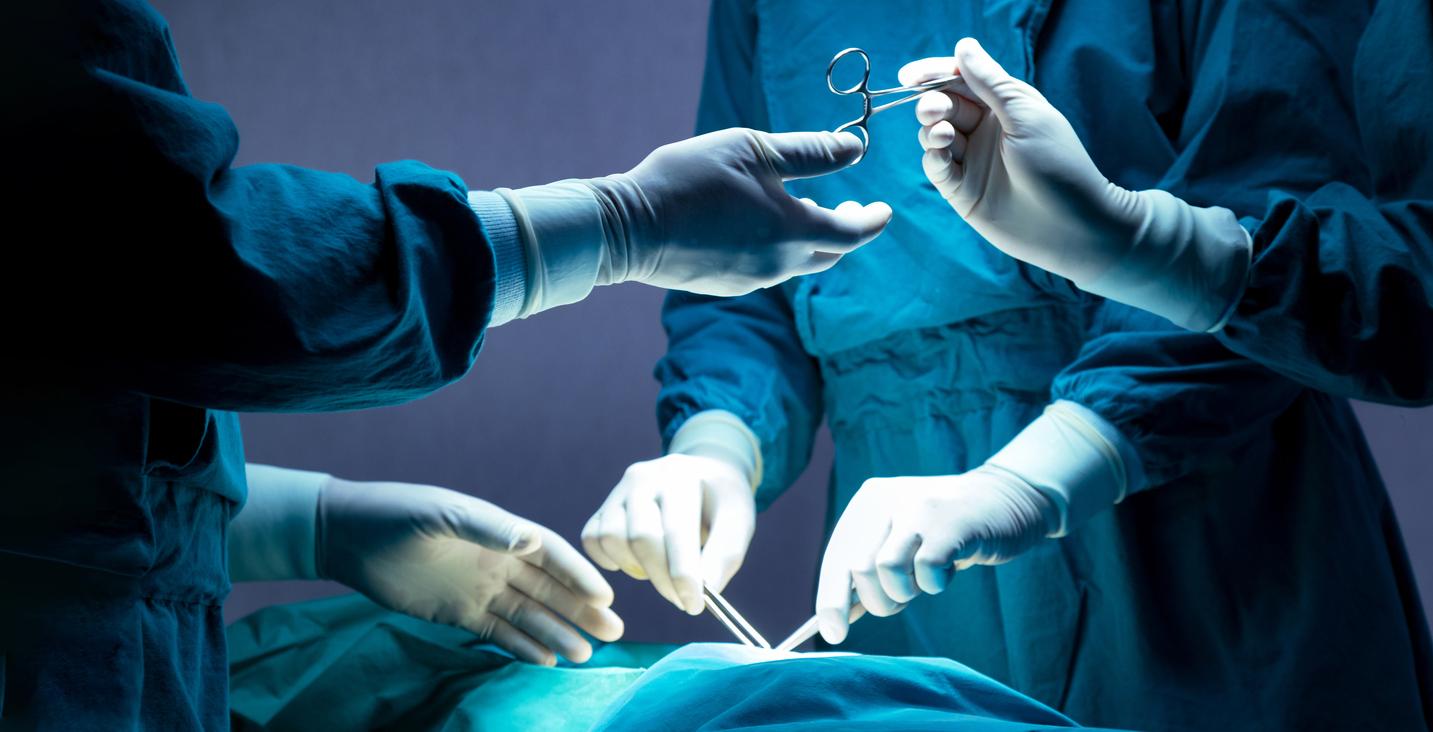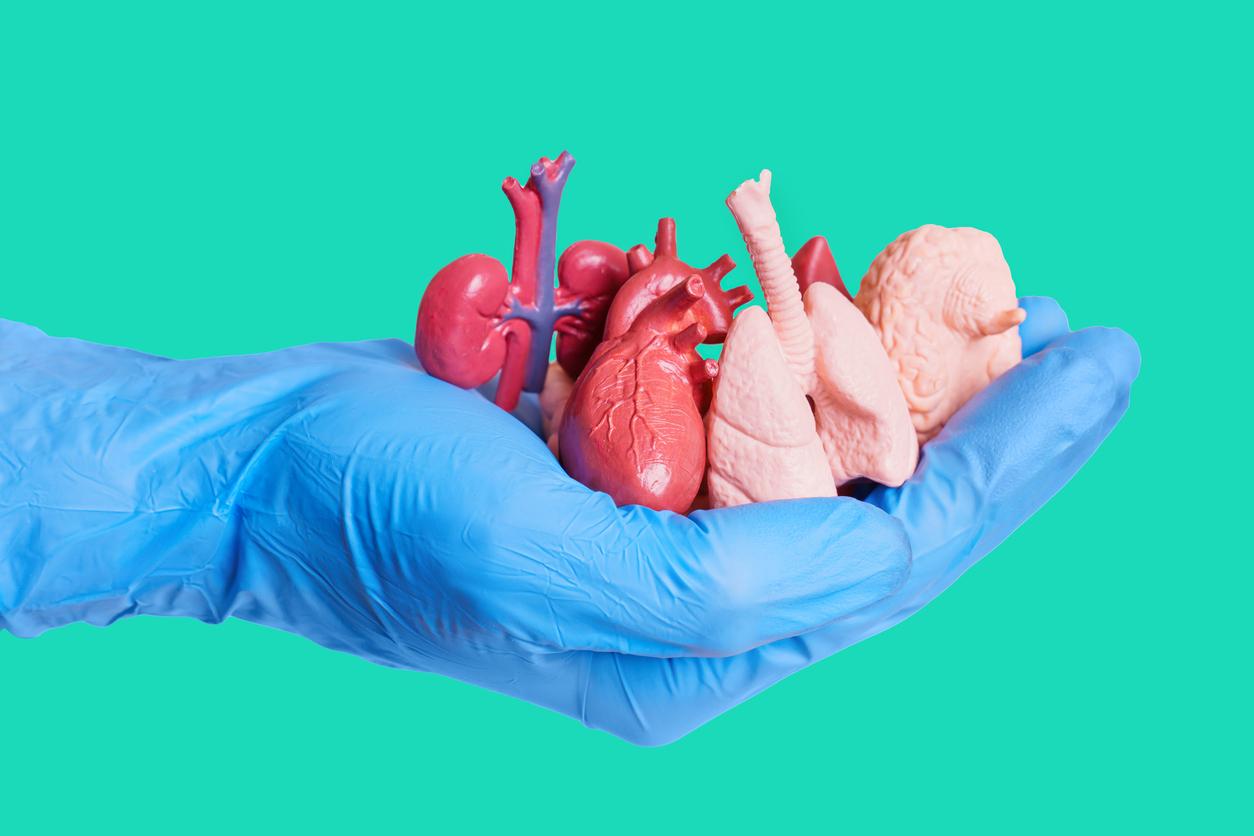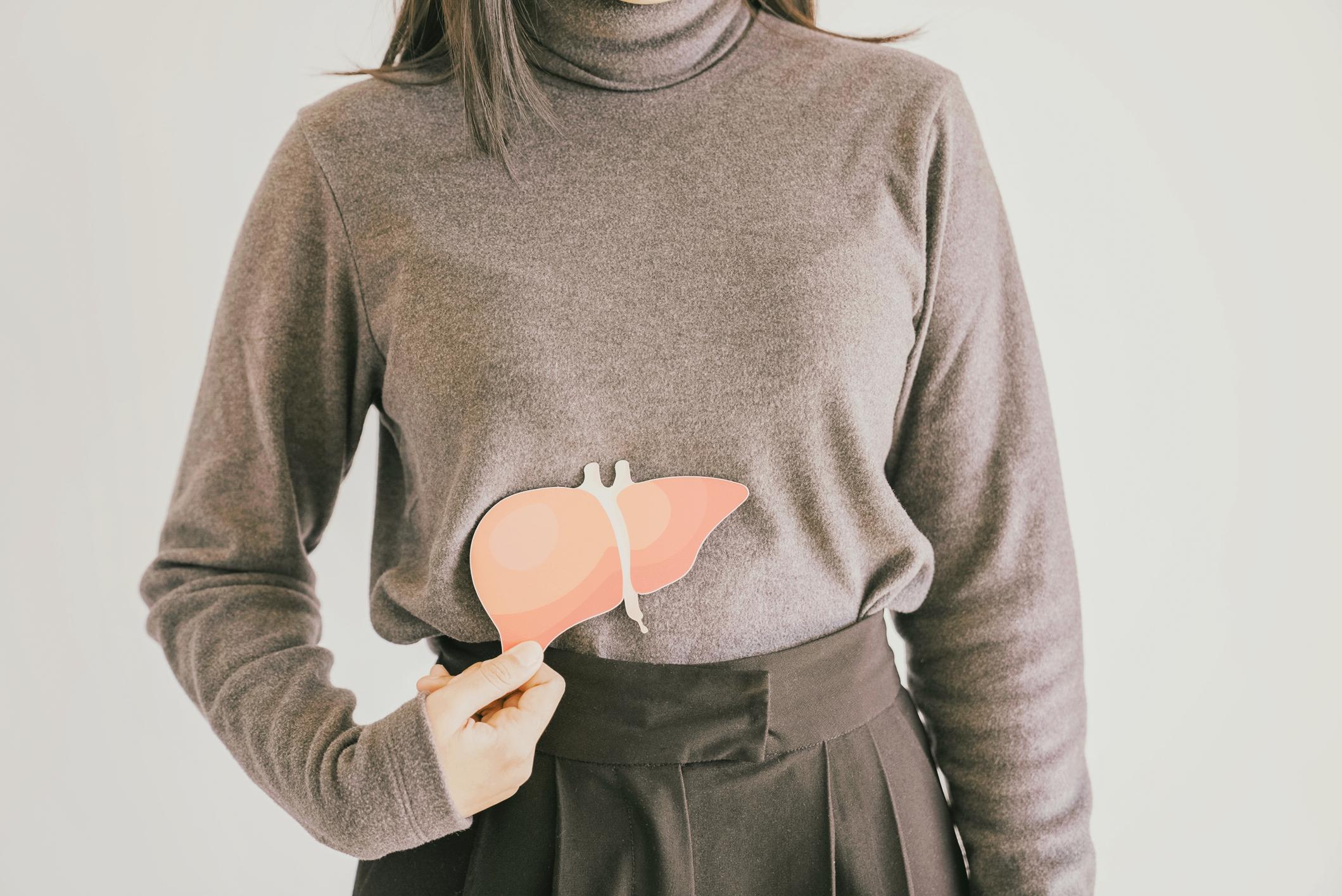What is a prolapse?
If it were an object, the perineum would be a hammock. A kind of net, between the vulva and the anus, made of muscles and ligaments, on which the bladder, uterus and rectum rest. When this very tight mesh shows signs of weakness, it is no longer doing its job properly. And one or more of the organs in the pelvis that it is supposed to support can slide abnormally downwards, towards the entrance to the vagina. It is genital prolapse, or organ descent. At first, women do not even realize it, but when the embarrassment is there, do not hesitate to consult a gynecologist despite the embarrassment or fear. Because, yes, there are many solutions.
At the start (stage 1), we do not see much and we do not feel anything, the organs (uterus, bladder, sometimes rectum) are just slightly sagging.
At stage 2, a ball may be flush with the vulva when washing. It will then be difficult for the woman to insert a tampon, but sexual intercourse is rarely affected. Pain in the lower back or a feeling of heaviness in the lower abdomen is possible. Whatever the stage, we can act!
Stage 1: we monitor and re-educate
“At stage 1 or 2, perineal rehabilitation helps tone the perineum (muscle located between the vagina and the anus) in order to create a real support tissue and slow down development”, says Sandrine Galliac Alanbari, physiotherapist specializing in perineal rehabilitation. Warning: rehabilitation does not correct the prolapse. In other words, it does not raise the organs. But by restoring tone to the perineum, she can “prevent it from getting worse“, improve comfort, reduce the painful feeling of heaviness in the lower abdomen. Which is not that bad.
>> How many sessions? This work is accompanied by an exercise of the breath, which must be redirected upwards and not downwards, to limit the pressure exerted on the viscera. Count about fifteen half-hour sessions. Prescribed by a doctor, they are covered at 60%, with a possible supplement from the mutual. Monitoring is then necessary, as well as some precautions: fight against constipation, avoid sports activities that lead to abdominal hyper-pressures or impacts on the ground (certain abs, tennis, dancing, jogging, skipping rope … ).
Moderate prolapse: the pessary
The pessary is an intra-vaginal device, a cube or ring, most often made of silicone, inserted into the vagina to lift and hold the organs in place. So that it does not slip, that it does not hurt either, “We have to find the shape which corresponds very precisely to the anatomy of the patient” explains Prof. Aubert Agostini, obstetrician gynecologist at the Hospital de la Conception (APHM) in Marseille. The pessary should be changed regularly. It is a good option while waiting for surgery, or in the event of refusal or impossibility to undergo the operation.
Stage 2: we operate
If the patient’s discomfort is very high, surgery remains. “The operation is done either by natural means or by laparoscopy“. Four small incisions are then sufficient to introduce the camera and the instruments. A minimally invasive technique that decreases the length of hospital stay, and reduces pain, once out of the operating room. The idea is always the same: to compensate for the failure of the pelvic floor. Kinds of strips allow sagging organs to be raised, and to keep them in good position. When urinary incontinence appears after the operation, which is a risk, it will be treated as a second step.
How to prevent organ descent?
There are certain risk factors that we cannot do anything about. One cannot, for example, prevent a “difficult” childbirth. But the adoption of hygienic and dietary measures can, by preserving the perineum, limit the risk. In an opinion issued on June 9, 2021, the High Authority for Health (HAS) therefore recommends “weight loss if necessary, a dietbalanced and physical activity. “
Prof. Agostini specifies: “The main thing to avoid is to do the ‘yo-yo’, that is to say repeated significant weight changes andfast. ” Chronic constipation must also be treated, in particular by adopting a diet richer in fiber, by consuming at least 5 fruits and vegetables per day.
Find out more: Female perineal rehabilitation: instructions for use and To the happiness of the belly, Sandrine Galliac Alanbari (ed. Robert Jauze)
Read also :
Perineum: the intimate gym after baby
Perineum: why should you take care of it?




















